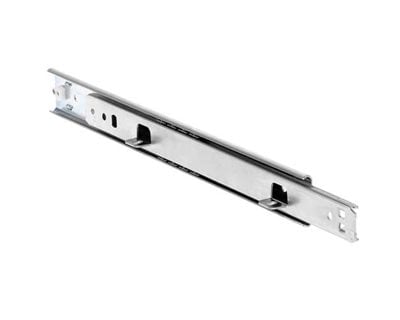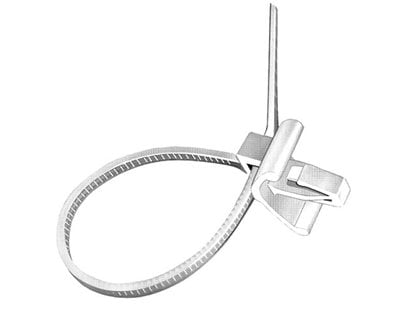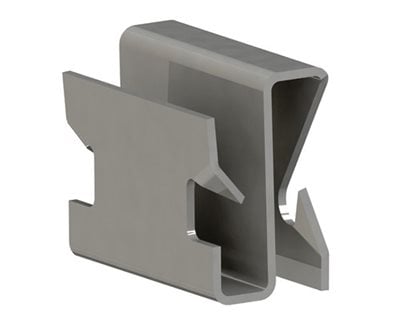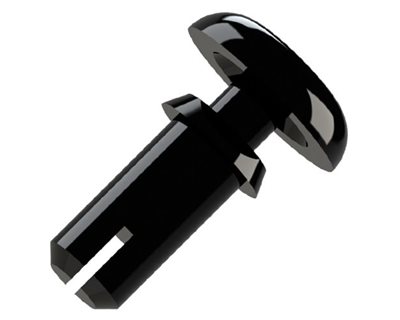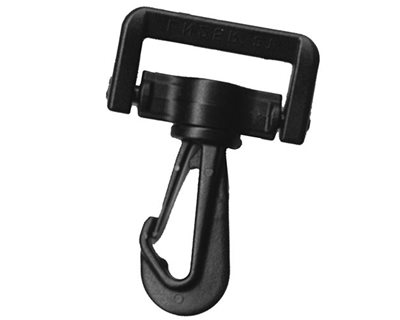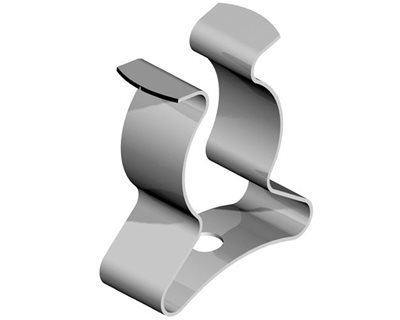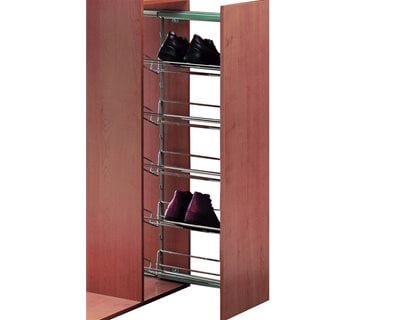"We appreciate your fast replies (to mails & inquiries) and accurate information very much"
- Fasteners
- Access Hardware
- Industrial Hardware
- Furniture Fasteners and Components
- Kitchen, Bedroom and Bathroom Products
- Security Products
A Story with a Twist about Tunnels for Subway Systems
How a Custom Fastener overcame multiple challenges for our customer
With over 20,000 standard products we can usually deliver an off the shelf solution. But not always. A customer came to us recently with a significant set of challenges. They needed a bespoke fastener to meet a series of complex technical and practical demands. It also had to be reliable, cost effective and easy to use.
But before we tell you about our solution, let’s take a look at the challenges.
Underground Tunnels are notorious dead spots
We’ve all come to expect connectivity for our phones and other devices almost everywhere we go. But once you go underground there is little or no connectivity. This lack of signal is inconvenient for millions of people every day. More importantly, it makes the work of the emergency services much more difficult.
So, our customer decided to make 5G available throughout hundreds of kilometres of underground tunnels. As well as improving communication for the emergency services, business users will be more productive and millions of people will enjoy greater internet access.
The challenges of working in underground subway systems
Our customer devised a way to deliver the signal effectively. Their solution was to run a leaky feeder along the tunnels. A leaky feeder is a cable that emits and receives radio waves through gaps in the outer conductor.
A great idea, but the challenges started to mount up. The leaky feeder consists of 2 cables that have to be 300mm apart to work effectively. They have to be at least 80mm clear of any other cables. And the cables have to run at the level of the carriage windows.
Take into consideration the vibration and violent air pressure changes in the tunnels and the need to avoid disturbing existing asbestos and the challenge was beginning to look pretty steep.
Exploring the alternatives
Our customer identified a cable clip that would hold the leaky feeder, but how to fix it to the tunnel wall precisely and firmly? They explored using flanges between concrete panels but these are too far apart. This would cause problems on curves and anyway, they are not always at the right height. And the older tunnels are made from brick. If only the people who built the tunnels 150 years ago had thought about 5G!
The only solution was to use existing brackets in the tunnels that already carry cables. But the new cables had to be attached to the outside of the bracket to keep them apart from existing cables. Our customer came up with some initial prototypes but each one had drawbacks. They were all relatively expensive and took operatives quite a long time to install.
Time is money and money is money
A few facts about these tunnels and the practicalities of the project. Throughout the hundreds of kilometres of underground tunnels, the brackets are placed every 1.24 meters. With each bracket needing to have 2 fasteners attached. That’s a lot of brackets and fasteners.
In most cases the operatives can only work between midnight and 4am, mainly at weekends. They have to finish a complete run from one point to the next in a single shift. The conditions in the tunnel are poorly lit so fiddly work is very difficult. Unless the fastener is easy to use the installation will take far too long.
The twist in the story
The fastener that we designed and built for the customer cost half as much as their original prototype. But that wasn’t the biggest cost saving. We preassembled the fastener so all the operative has to do is offer it up to the bracket and twist the cable clip through 180°. Then the cable can be inserted and the whole assembly is held firmly in place, quickly and easily.
The nut, bolt and two brackets are the bespoke elements of the custom fastener. The nut and bolt are designed so that a 180° turn pulls the brackets into place. In use it became apparent that the cast iron brackets used in the older tunnels required different brackets. So we designed special brackets to use on the original parts of the tube.
It’s possible for an operative working alone to install the cables. However, our customer found that 2 people working together, 1 attaching the fasteners and the other putting the cable in was quicker.
If you are reading this blog on your phone in a tunnel underground, you know how the signal gets down there and why the cable stays exactly where it needs to be.
Speak To An Expert
If you're interested in any fasteners, components or bespoke projects please feel free to contact us at +44 1623 551 800 or at webenquiries@jetpress.com.


